
| Mount Hotham Revisited (4 more day-walks) |
|
 |
Bungalow Spur – Harrietville to Hotham via Feathertop (21.5km - 1560m ascent – 480m descent) |
|
|
|
|
|||
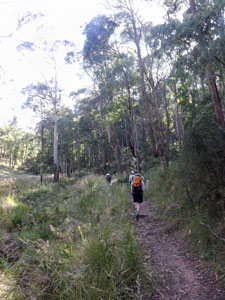 Setting out from Harrrietville |
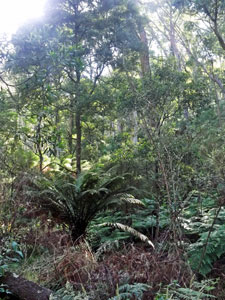 A ferny gully at the base of Bungalow Spur |
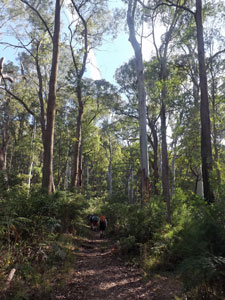 Shady forest of alpine ash and peppermint gum |
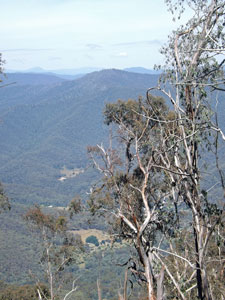 The views unfold as we climb |
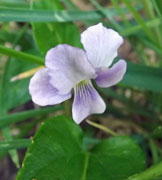 |
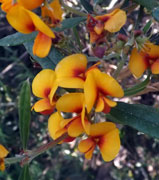 |
|
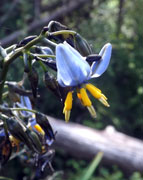 |
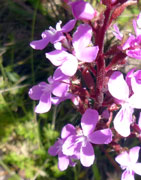 |
|
||||
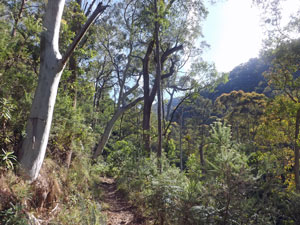 The beauty of the eucalypt forest |
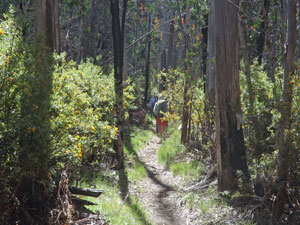 Tall eucs with understorey of thick shrubs |
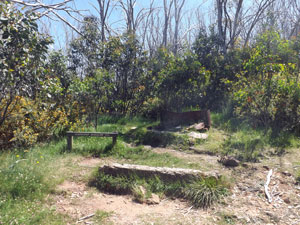 The site where Feathertop Bungalow once stood |
|
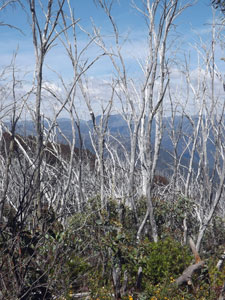 Entering the realm of fire-damaged snow-gums |
|
|
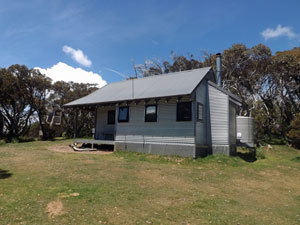 The new Federation Hut (rebuilt after the 2003 fires) |
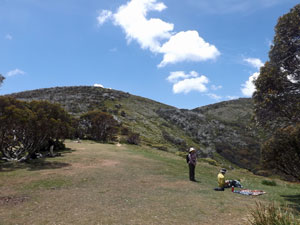 Lunch spot beneath the dome of Little Feathertop |
|
|
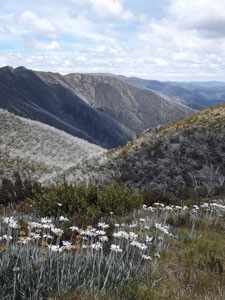 Snow daisies and silvered gullies |
|
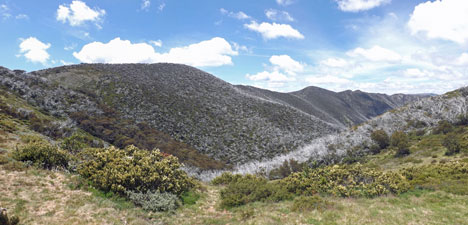 View across to The Razorback from Federation Hut |
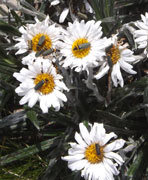 |
|
|
||
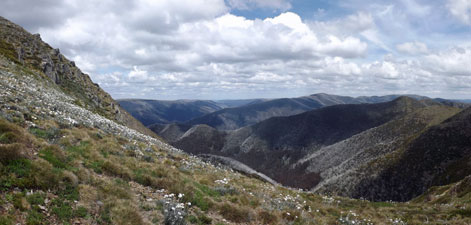 Daisy field on the ascent of Feathertop |
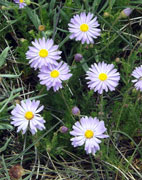 |
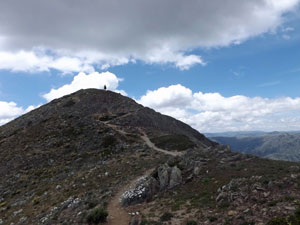 Zabeta crests the peak |
|
A cold southerly wind pushed us onward as thicker clouds began to invade the sky. Still, it was great to be back on this dominant peak with its panoramic views in every direction - out over the silver-tipped spurs to the Bogong High Plain, back along the sharp undulations of The Razorback to Hotham and across to the blue-tinted profile of Mt Buffalo.
|
|
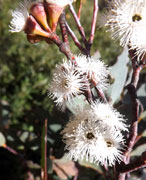 |
 |
|
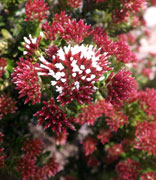 |
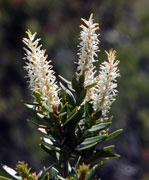 |
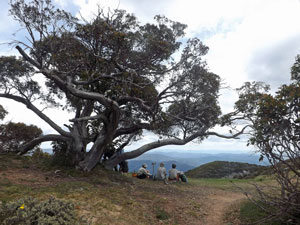 Rest break beneath the big snow gum |
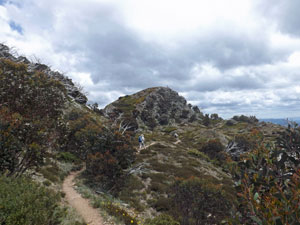 The path home beneath The Knobs |
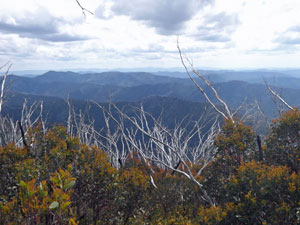 Regenerating snowgums (10 years after the fire) |
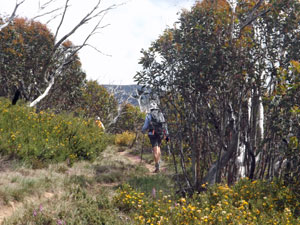 Some more post-fire recovery |
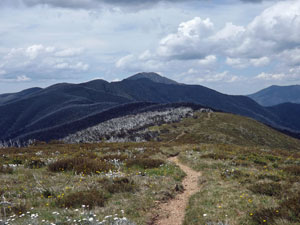 View back along the ridge to Feathertop |
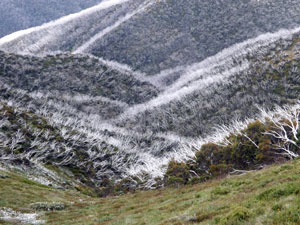 The silvered look will still be around for a few more years |
|
||
    |
The Twins (9km - 510m ascent – 510m descent) |
|
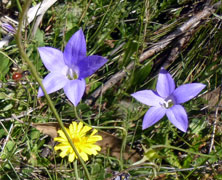 |
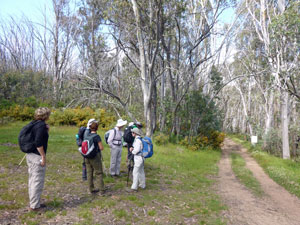 Setting off for The Twins |
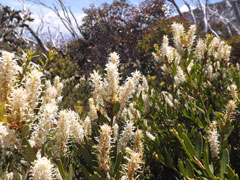 |
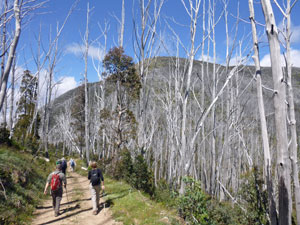 Heading towards the big climb |
|
Soon we could see the bluff shape of The Twins rising ahead through the skeletal white trunks of the burnt forest. It looked somewhat daunting and, at a small saddle at its foot, we took a short break before commencing the climb. A faint track led us straight up the scrubby slope and, when it faded away, we continued our direct assault picking our way through the low shrubs and regenerating trees.
Some slopes are not as hard to climb as they look – this was not one of them. However, a steady pace brought us to the crest and its magnificent views back towards Feathertop and Hotham and their silver-fringed spurs.
|
|
 The grand panorama of the Victorian Alps from The Twins |
||
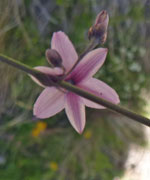 |
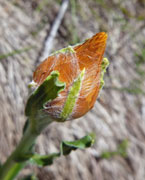 |
|
 |
 |
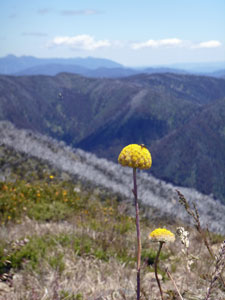 Billy buttons |
|
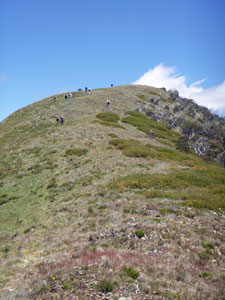 Climbing the bigger Twin |
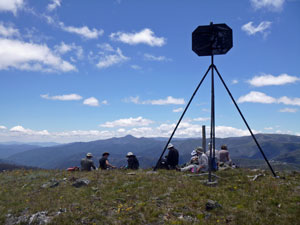 Lunch on the high point |
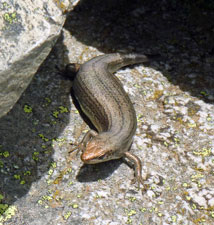 |
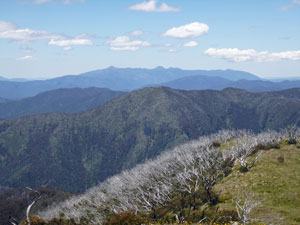 Looking over the ranges towards Mt Buffalo |
|
||
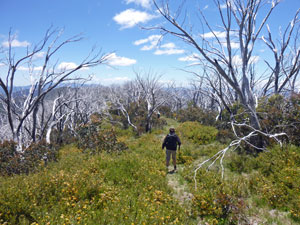 The descent was considerably easier than the ascent |
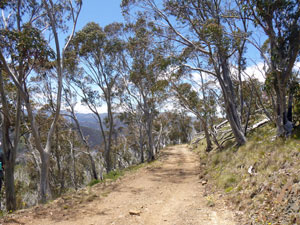 The fire trail back |
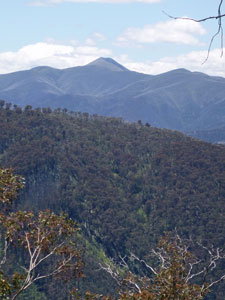 Mt Feathertop |
|
||
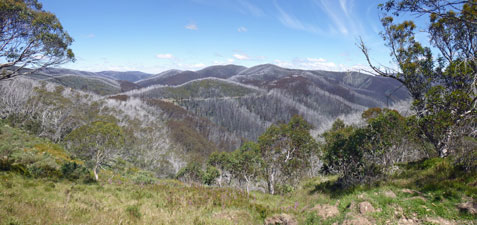 View towards Buckland Gap - silver-tipped spurs of a regenerating forest |
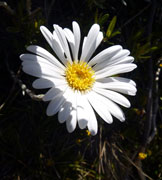 |
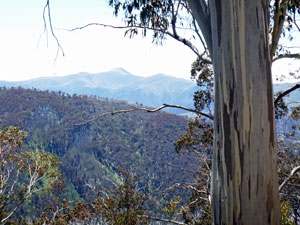 A magnificent eucalyptus |
|
||
        |
The Huts Walk (14.5km - 710m ascent – 580m descent) |
|
Like many parts of Australia’s high country, mountain huts have played an important part in the history of European exploration and settlement in the Hotham area. The Huts Walk visits three of these huts, each with a very different story relating to history old and recent. After an early start to see whether the sunrise was as good as the sunset, today I joined the club walk along this track to check these huts out. |
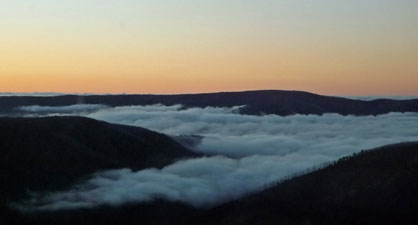 Valley-hugging cloud in the pre-dawn light |
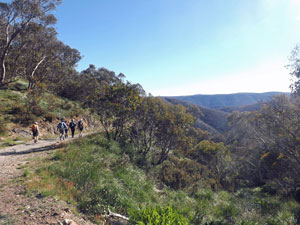 Setting off down the Davernport Access Road |
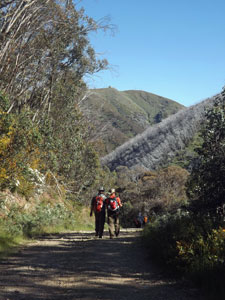 Deep in the valley of the ski fields |
|
||
|
||||
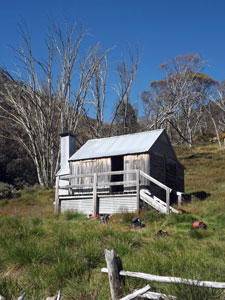 Silver Brumby Hut |
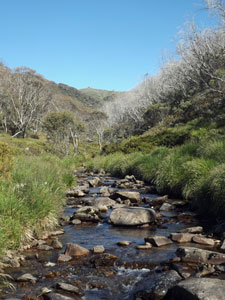 Swindler's Creek |
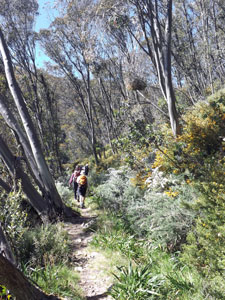 On the trace of the Cobungra Ditch |
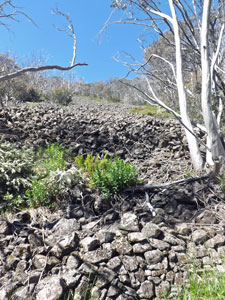 Stonework for the ditch at the base of scree |
|
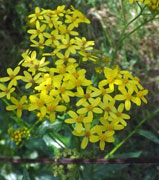 |
|
 |
||
|
|||
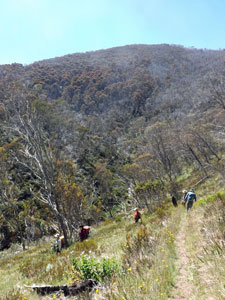 Descent into the upper Swindler's Valley |
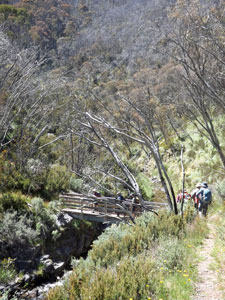 Bridge across Swindler's Creek .... |
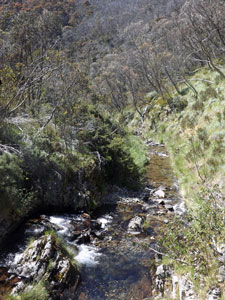 .... and the creek itself |
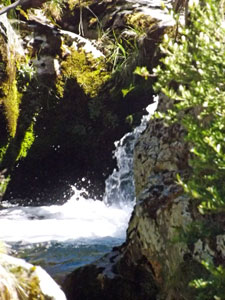 Part of the cascades |
|
|
|
|
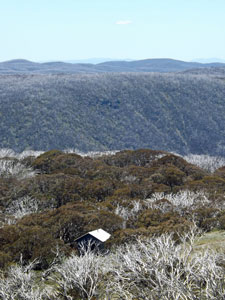 Looking down on Derrick Hut |
|
|
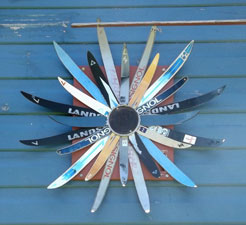 |
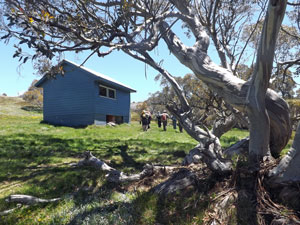 Derrick Hut amongst the gnarly old snow-gums |
|
|
|
|
|
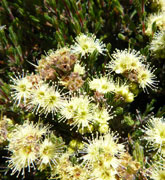 |
 Panorama of The Razorback and Feathertop from Derrick Col |
 |
|
||
            |
Tabletop Mountain (11.5km - 390m ascent – 390m descent) |
|
||
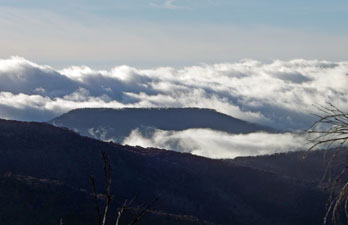 Tabletop Mountain framed by early morning cloud |
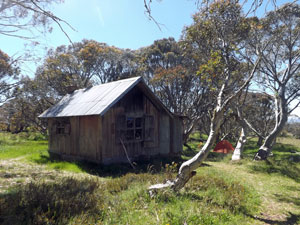 JB Plains Hut |
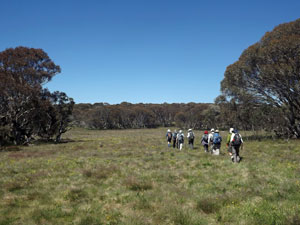 Crossing the snowgrass flats |
|
||
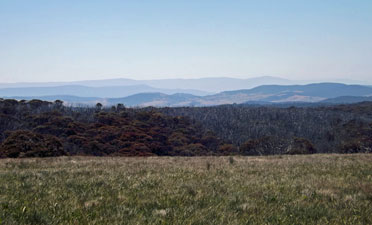 View across the flats towards the Dargo High Plain |
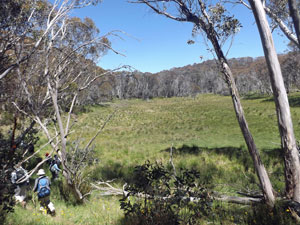 A grassy hollow near the headwaters of Tabletop Creek |
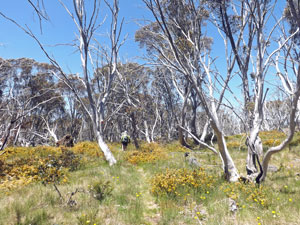 Orange pea-flowers on Tabletop |
|
 |
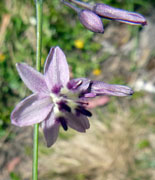 |
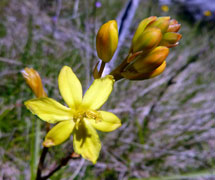 |
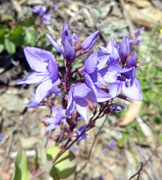 |
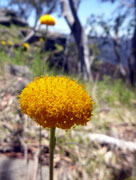 |
|
||
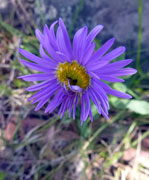 |
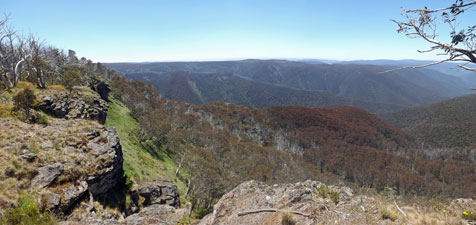 View south from the rim of Tabletop Mountain |
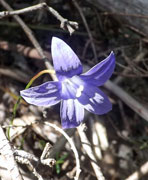 |
|
||
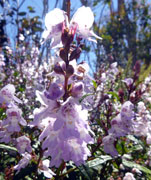 |
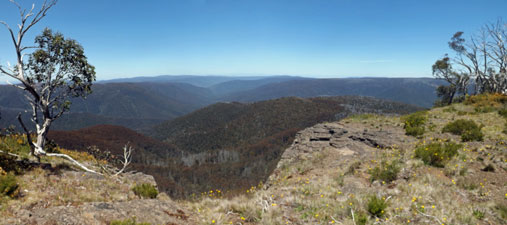 Another fine view from the plateau of Tabletop Mountain |
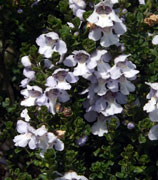 |
|
            |